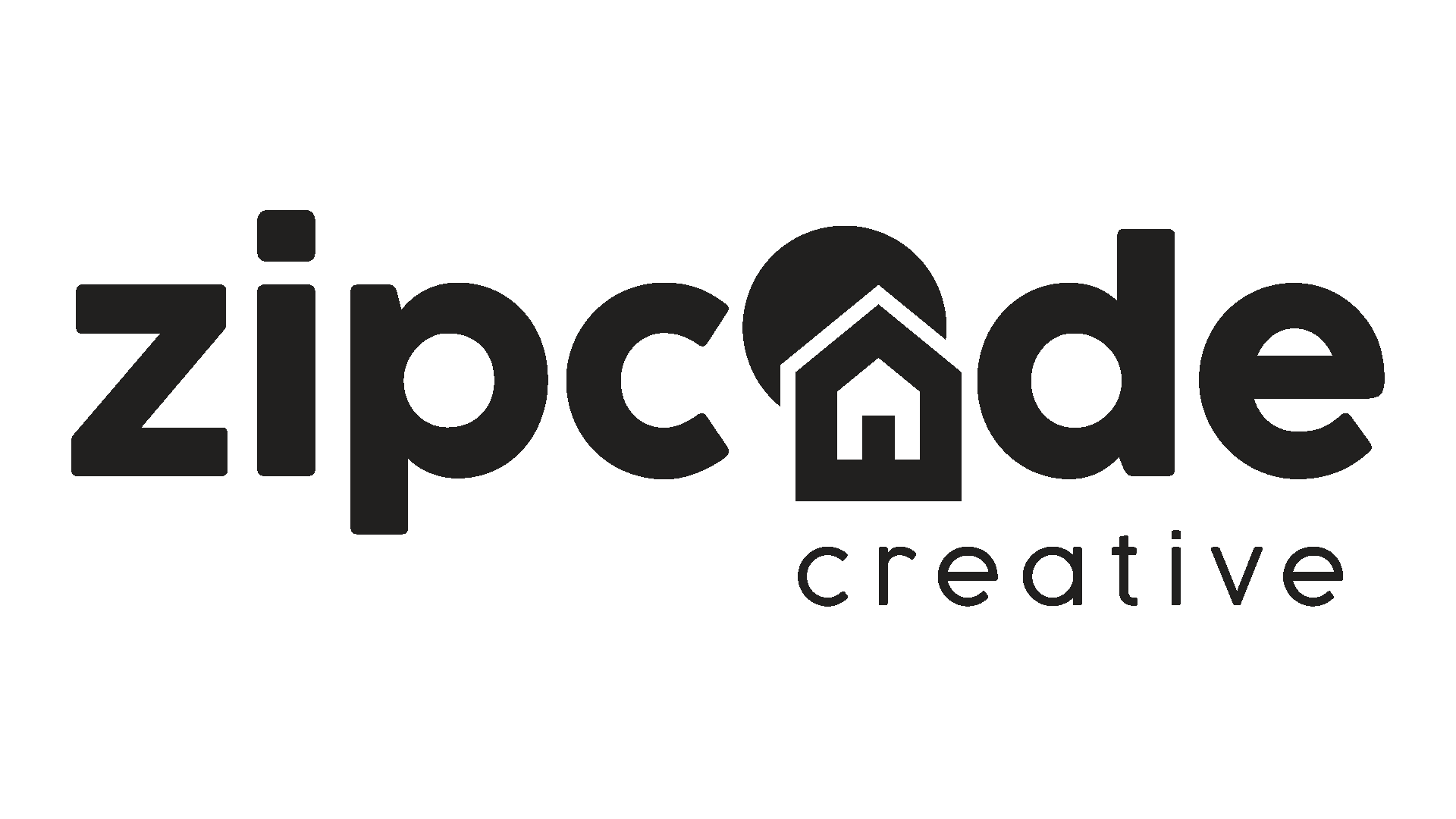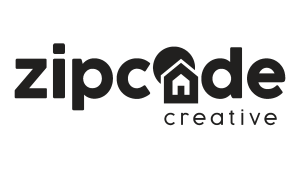
Brand Identity for Apartments: The 5 Key Elements That Drive Leasing Success
Stacey Feeney
Building a strong brand identity for apartments requires more than just “being yourself.” Properties with strong brand identities can see up to 23% higher rental income and 20% faster lease-up rates, making strategic branding essential for property managers and multifamily development groups looking to differentiate their communities in competitive markets.
Creating an effective apartment brand identity involves considerable legwork, but the payoff is significant. Once your research and strategy determine your ideal resident profile (IRP), you can build a brand foundation that resonates with your target audience and drives measurable results. Understanding what branding means for multifamily is the first step toward building a successful community identity.
What Makes Apartment Brand Identity Different
Unlike traditional retail brands, multifamily branding faces unique challenges. Your brand must appeal to residents who will make your community their home, not just purchase a product. Brand matters significantly in multifamily, as a strong brand identity attracts potential residents, fosters loyalty, and differentiates your properties from competitors.
Your brand identity becomes the shorthand that represents your entire community experience—from the first impression online to daily resident interactions. This makes consistency across all touchpoints absolutely critical for building trust and recognition. Authentic branding starts from the very beginning, when prospects first see your sign or contact you, all the way through to their maintenance requests as residents.
Logo Design and Variations That Work
Your logo serves as the visual introduction to your community and should be solidified and kept consistent across all applications. The most effective apartment logos are simple, memorable, and scalable across various mediums.
Essential Logo Variations
Think through how you’ll use your logo and craft visual variations for different applications:
- Primary logo: Full color version for standard use
- Secondary versions: Simplified versions for small applications
- Monochrome options: Black and white versions for single-color printing
- Stacked layouts: Vertical arrangements when horizontal space is limited
Placement and Spacing Guidelines
Different materials require different placement strategies. A logo on a resident t-shirt needs different positioning than your community website header. Establish guidelines for logo usage and ensure consistent application to maintain brand recognition by creating buffer zones between your logo and surrounding elements.
Size and Scalability
Your logo must scale proportionally from business cards to construction banners while maintaining readability and visual impact. Lock the height and width ratios to prevent distortion during resizing.
Logo Usage Mistakes to Avoid
- Stretching: Never distort the logo by changing proportions
- Color changes: Stick to approved color variations
- Background misuse: Avoid using logos as watermarks or background elements

Building Your Color Palette Strategy
Using a signature color can increase brand recognition by up to 80%, making your color palette one of your most powerful branding tools. Colors communicate personality and values before potential residents even read your messaging.
Primary, Secondary, and Accent Colors
Primary colors represent your main brand personality. Whether you choose calming blues for a luxury high-rise or vibrant greens for a eco-friendly community, this color should appear most frequently across your materials.
Secondary colors support and complement your primary choice, providing flexibility for various design applications while maintaining cohesion.
Accent colors grab attention for special elements like call-to-action buttons, special announcements, or highlighting key amenities.
Technical Color Specifications
Maintain consistency across all applications by defining colors in multiple formats:
- HEX codes for digital applications
- RGB values for screen displays
- CMYK values for print materials
This technical precision ensures your community’s forest green looks identical whether it appears on your website, printed brochures, or outdoor signage.

Typography That Resonates with Residents
Font choices dramatically impact how residents perceive your community. Typography should be carefully chosen to align with the brand’s personality, ensure readability, and maintain visual harmony. A luxury property might use elegant serif fonts, while a modern urban community could benefit from clean, contemporary sans-serif options.
Visual Style Guidelines for Consistency
Your visual style extends far beyond logos and colors. Design elements can include patterns, textures, shapes, stickers, mini illustrations that help push your brand to the next level when used strategically.
Photography Standards
Stock photos require careful curation to maintain brand consistency. Define your photography style with specific examples:
- Lighting preferences: Bright and airy versus dark and moody
- Composition styles: Lifestyle shots versus architectural photography
- Color treatment: Warm tones versus cool, crisp imagery
Icon and Graphic Elements
Consistent icon styles reinforce your brand across digital and print materials. Whether you choose minimalist line icons or detailed illustrations, maintain the same style throughout all applications.
Consider developing unique design elements like:
- Custom patterns or textures
- Photo framing and overlays
- Geometric shapes or illustrations
- Branded stamps or badges
These visual elements, when applied consistently across your marketing collateral, create a cohesive brand experience that residents and prospects will recognize and remember.
Brand Voice and Messaging That Converts
Your brand voice encompasses what you say, how you say it, and even what you choose not to say. Brand voice and messaging convey your property’s personality and values and should be consistent in all communications.
Adapting Your Voice by Context
Your brand voice should remain consistent while adapting to different contexts. A “friendly neighbor” community might use “Come check us out!” in social media posts, while a “sophisticated urbanite” property would say “Schedule your private tour today.”
Email communications, website copy, and lease renewal materials should all reflect your established voice while meeting the specific needs of each communication type. Consider how your local neighborhood characteristics can influence your brand voice to create authentic connections with your target residents.
Implementing Your Brand Identity Successfully
Brand style guides create structure without limitations and provide a consistent foundation for creativity. Document your brand standards in a comprehensive guide that includes:
- Logo usage rules and variations
- Complete color specifications
- Typography guidelines and hierarchy
- Photography style examples
- Voice and tone guidelines
- Application examples across materials
Learn more about implementing brand guidelines at the property level to ensure consistency across all resident touch points.
Measuring Brand Success
Track your brand’s performance through key metrics:
- Lease-up speed and occupancy rates
- Resident referral rates
- Online review sentiment
- Brand recognition surveys
- Website engagement metrics
Monitor leasing activity, resident engagement, referral rates, and reputation management to assess how well your brand is resonating with your target audience.
The Investment in Professional Branding
While brand development costs can range from $1,500 to $20,000 depending on complexity, the return on investment proves worthwhile. 78% of residents prioritize customer service when choosing where to live, and a strong brand identity signals quality service before prospects even visit your community.
Professional apartment branding creates the foundation for all marketing efforts, from your website and social media to signage and resident communications. When executed strategically, your brand identity becomes a powerful tool for attracting ideal residents, supporting premium pricing, and building long-term community loyalty.
Successful multifamily brands understand that consistency, authenticity, and strategic thinking drive results. Whether you’re launching a new community or refreshing an existing property, investing in comprehensive brand development sets the stage for sustained leasing success and resident satisfaction. Stay ahead of the competition by keeping up with the latest multifamily branding trends that are shaping the industry.
Ready to develop a brand identity that drives results for your multifamily community? At Zipcode Creative, we specialize in creating comprehensive brand identities that resonate with residents and support your leasing goals.


